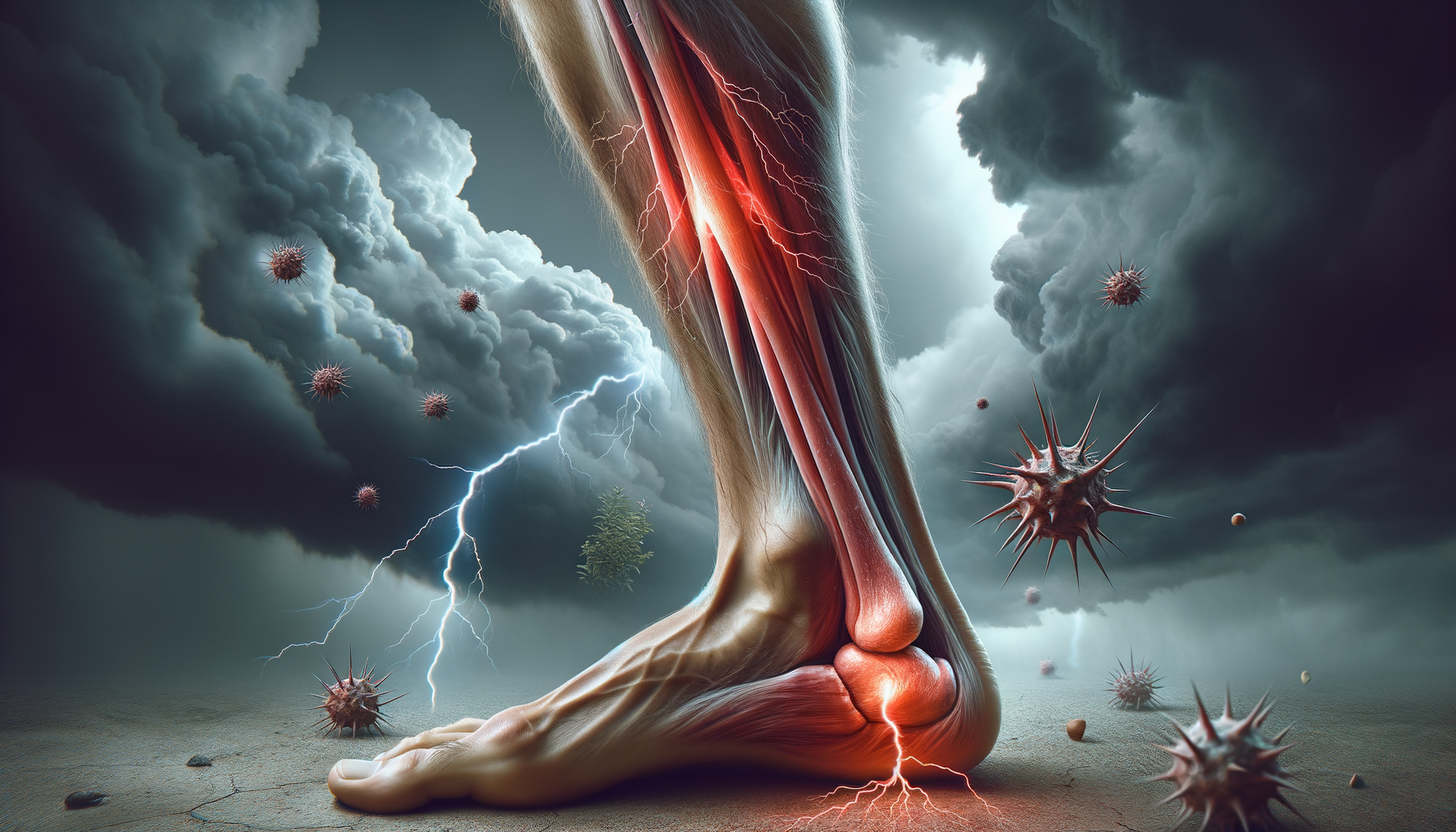Introduction to Nighttime Leg Pain
Leg pain at night can be a disruptive and uncomfortable experience, affecting one’s ability to get a restful night’s sleep. Understanding the underlying causes and effective management strategies is essential for improving sleep quality and overall well-being. This article delves into the various reasons behind nighttime leg pain and offers practical solutions to alleviate this common issue.
Common Causes of Nighttime Leg Pain
Several factors can contribute to leg pain at night, ranging from lifestyle choices to medical conditions. Recognizing these causes can help in identifying the appropriate course of action. Some of the prevalent causes include:
- Muscle Cramps: Often referred to as “charley horses,” these sudden, involuntary contractions can be intensely painful and are commonly experienced at night.
- Restless Leg Syndrome (RLS): This neurological disorder creates an irresistible urge to move the legs, often accompanied by uncomfortable sensations.
- Peripheral Artery Disease (PAD): Reduced blood flow due to narrowed arteries can lead to pain and cramping, particularly noticeable at night.
- Dehydration and Electrolyte Imbalance: Lack of adequate hydration or an imbalance in electrolytes like potassium, calcium, and magnesium can trigger muscle cramps.
Understanding these causes is the first step in addressing nighttime leg pain effectively. Consulting with a healthcare professional can provide a more accurate diagnosis and tailored treatment plan.
Effective Management Strategies
Managing nighttime leg pain involves a combination of lifestyle changes, home remedies, and medical interventions. Here are some strategies that can help alleviate discomfort:
- Stretching Exercises: Regular stretching of the calf and thigh muscles before bed can reduce the frequency and intensity of cramps.
- Hydration: Ensuring adequate fluid intake throughout the day can prevent dehydration-related cramps.
- Balanced Diet: Consuming a diet rich in essential minerals like magnesium and potassium supports muscle function and reduces cramping.
- Warm Baths and Massages: Soaking in a warm bath or using a heating pad can relax muscles and relieve tension.
- Medical Treatment: In cases where leg pain is due to an underlying medical condition, appropriate medical treatment is crucial. This might include medications for RLS or interventions for PAD.
Implementing these strategies can significantly improve sleep quality by reducing leg pain and discomfort. However, persistent or severe pain should be evaluated by a healthcare provider to rule out more serious conditions.
Conclusion
Nighttime leg pain is a common issue that can severely impact sleep quality and overall health. By understanding the causes and implementing effective management strategies, individuals can find relief and improve their nighttime rest. Whether through lifestyle modifications or medical treatment, addressing leg pain is crucial for enhancing one’s quality of life. For those experiencing ongoing discomfort, seeking professional medical advice is recommended to ensure proper care and management.




Leave a Reply